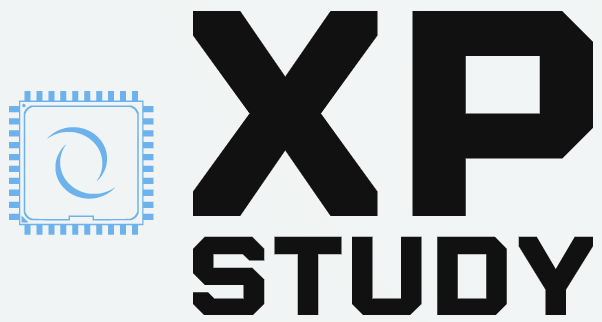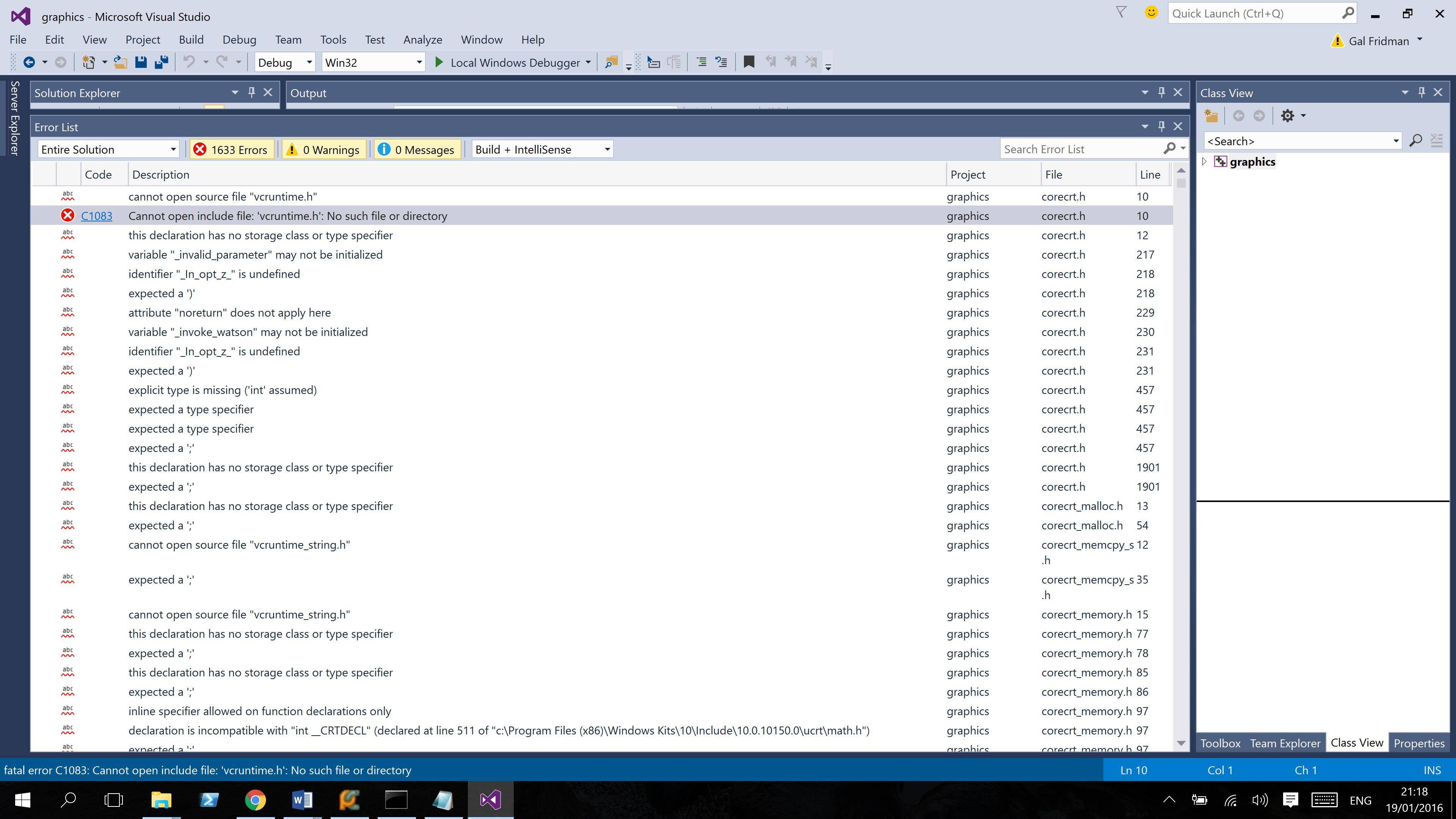In this article we’ll take a look at how to install Microsoft Visual Studio 2010 in Windows 10. You can also find out what requirements you’ll need and which Add-Ins you can use to make the installation as smooth as possible. Then, we’ll talk about integration with BizTalk Server. So, let’s get started! Read on to learn more about this popular tool! Listed below are some of the most important points to remember when installing Visual Studio 2010 on Windows 10.
Installation
Before installing Microsoft Visual Studio 2010, you should make sure that you have a current Visual Studio subscription. You can sign up for a free Visual Studio Subscription account by clicking on “Create a new Microsoft account” on the login page. Once you’ve signed up, you’ll want to install Visual Studio by double-clicking the executable file. After installing Visual Studio, you can upgrade to the latest SP1 version if you’d like.
If you’ve never used Visual Studio before, you’ll be pleasantly surprised by the features it offers. Among other features, it allows you to filter your projects by platform and programming language. After installing Visual Studio, you can then open a new project to get started. The installation process can be troublesome at times, but don’t worry. The software comes with a comprehensive troubleshooting guide and installation chat support.
Requirements
Before you can install Visual Studio on your Windows 10 machine, you must have at least a WXGA or higher display resolution. You should set the display scaling to 200% if the resolution on your screen is less than this. You should have at least a minimum of 850 MB of hard disk space. If your computer doesn’t have enough space to install Visual Studio, you may want to consider installing Windows on an SSD.
The Visual Studio installer program has multiple languages available. By default, it will install in the language of your operating system. To change this, click on the Language packs tab in the installation program and select the language that you wish to use. Once the installation process has finished, click Finish to exit the wizard. The installation should complete successfully. If you encounter any problems or errors, you can refer to the help documentation for further assistance.
Add-Ins
The default host of Visual Studio’s add-ins is Visual Studio 2005. The Add-In Manager page in the Visual Studio IDE contains options for adding or removing add-ins. To enable an add-in, you have to start Visual Studio and select the “Project Templates” checkbox. Once added, the add-in should appear in the Visual Studio menu. If it does not, you need to uninstall it and install it again.
Once installed, you will need to create an account for Visual Studio 2010, or sign in if you already have one. Once you’ve done that, click the “download” button and follow the on-screen instructions. You will be asked to confirm the license agreement, which should be set to “free.” After you agree to the terms and conditions, you can download Visual Studio 2010 and install it on your computer. Make sure to have an active internet connection before installing the program.
Integration with BizTalk Server
Microsoft has released the beta version of the next on-premises release of BizTalk Server. This version will not be called BizTalk Server 2010 R2, but rather, it will be BizTalk Server 2013. It will support both Windows Server 2012 and SQL database and integrate with Visual Studio 2010.
The new version of the BizTalk Server supports the latest B2B standards, including the X12 EDI schemas. It also includes improvements for the performance of dynamic send ports, manageability of artifact dependencies, and easier integration with Microsoft Azure. The new version also enables easy integration with Azure BizTalk Server. The BizTalk server integration with Visual Studio 2010 in Windows 10 is seamless.

